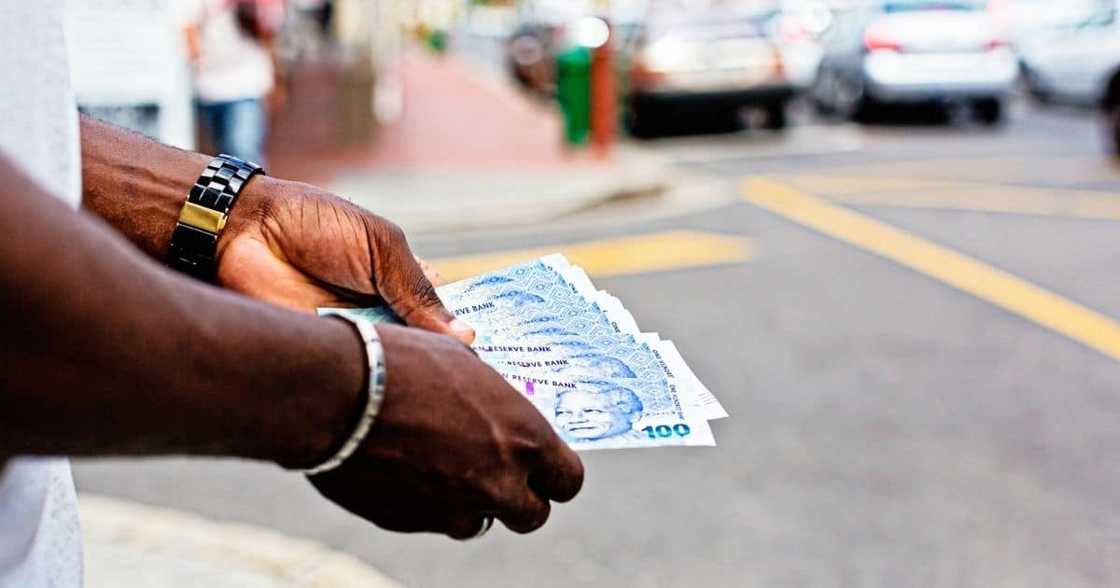State Managed Pension Fund Could Demand 12% of Your Earnings, New Government Plan
- The Green Paper on Comprehensive Social Security and Retirement Reform is currently open for public comment
- The proposal may require South Africans to pay up to 12% of their earnings to a Government-backed fund
- The Department of Social Development has capped the earnings at R276 000 per year and the money will be split into two areas
PAY ATTENTION: Click “See First” under the “Following” tab to see Briefly News on your News Feed!
South Africans may in future be required to pay up to 12% of their salaries to a Government-backed fund. The Social Development Department revealed its recent Green Paper plan in which it describes why this would be done.
On Wednesday, 18 August, the department gazetted a Green Paper on Comprehensive Social Security and Retirement Reform. The paper projects the design of a National Social Security Fund (NSSF). This will be a Government-managed fund that will supply disability, retirement and unemployment benefits.

Source: Getty Images
Who will pay and what is the earning bracket?
According to News24, all employees and employers will, in the beginning, be required to pay up to 12% of their money. The current salary ceiling is earnings of R276 000 per annum. If one earns this amount per year, they will pay a maximum of 12%. This equates to R33 100 or around R2 760 per month.
Enjoy reading our stories? Download the BRIEFLY NEWS app on Google Play now and stay up-to-date with major South African news!
Those who earn less than R22 320 per annum will have a Government subsidy. This means that low-income workers will not have to contribute, however, a Government-backed annuity will be drawn up for them.
Where exactly does the money go?
The initial 10% of the subsidy will make its way to the mandatory fund. The 2% leftover will go to the unemployment insurance fund. This eliminates having a private-sector retirement fund. That being said, higher-income earners are also expected to contribute to private-sector pensions.
CapeTalk spoke with an investment specialist who stated that the intention was good but that he has serious reservations about the savings and investment pattern.
Eskom looks into a greener future to stop excessive carbon emissions
Previously, Briefly News reported that on Tuesday, 17 August, Eskom's CEO André de Ruyter covered the path to a green energy future as a central point of a University of Pretoria online lecture. De Ruyter revealed that the country's economy is 25% more carbon-intensive than China, speaking per capita.
It is also double the global average. South Africa also discharges almost half of the total carbon that has been emitted by Africa. Eskom counts for around 44% of Mzansi's total carbon emissions. De Ruyter stated that due to this, it is nearly impossible to ignore the carbon footprint being left.
Eskom also plans to anchor the demand for the manufacturing of green items such as electric cars. Although this may seem like a step in the right direction, there has been some backlash. According to the publication, Minister of Mineral Resources & Energy Gwede Mantashe believes that the country needs to transition in its own stride and use coal resources.
Source: Briefly News



